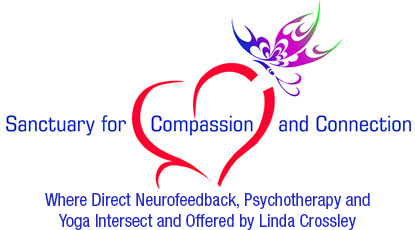Can primary care physicians jump start the complex PTSD healing journey of the underserved?
As efforts to shine light on the underlying causes of health risk continue, especially as the disparities have become even clearer during this pandemic, the focus remains on the connection between adverse childhood experiences (ACEs) and the burden created on the human body individually and the healthcare system as a whole. I am so grateful for Dr. Nadine Burke Harris, California’s Surgeon General who established early childhood, health equity and ACEs and toxic stress as key priorities, with a goal to reduce ACEs and toxic stress by half in one generation.
It still amazes me that so many people are not aware of the ACEs data that show the trauma our children endure, especially within low-income communities of color. It has been out for years and continues to be collected every year, with expanding definitions of what constitutes adverse childhood experiences. And it becomes frustrating when our healthcare systems continue to simply look at the symptoms of trauma, such as addiction, depression, and anxiety, without addressing the root cause.
I’m encouraged, and I hope you too find it encouraging, to learn that Dr. Burke Harris is starting with a campaign to provide Medi-Cal providers training, clinical protocols, and payment for screening children and adults for ACEs. For more information on this campaign, you can click here.
It is also encouraging to hear about the research looking at other approaches to the chronic effects of trauma that are showing positive outcomes, especially within underserved primary care patient populations. One particular pilot study tested the feasibility of a two-session motivational treatment intervention, implemented with Black primary care patients. The intervention addressed adverse childhood experiences, post-traumatic stress symptoms, health risk behaviors and behavioral health referral acceptance. The results were encouraging, suggesting that it is feasible to implement a brief motivational treatment with underserved primary care patients, that was received well and connected almost one-third of the participants to behavioral health services to continue the healing journey.
To read more on this pilot study, click the link below:












Leave a Reply
Want to join the discussion?Feel free to contribute!